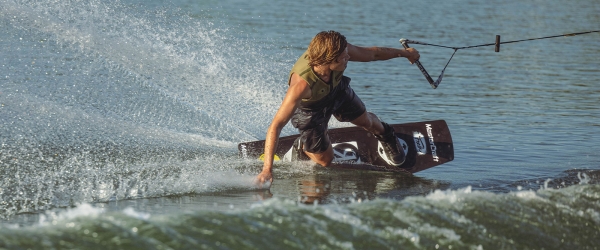The Price of gas has been a growing concern for boaters and drivers alike. Recently, the NMMA put out a report on the issue. According to the NMMA, the developments made in the technology of marine engines have increased so significantly that newer engines now burn fuel 50% more effectively. This is great news for boaters, because it means that even if gas prices double, the cost to operate your boat will be no higher than it was ten years ago. Furthermore, the NMMA reports that the Recreational Marine Research Center has found that 64% of boaters purchase less than 50 gallons of gas per season. This is the equivalent to filling an SUV or Minivan only twice. The NMMA also included tips to lower your fuel usage in its report. These tips include:
- Use trim tabs properly to reduce drag, especially when accelerating up to planing speeds.
- Minimize idle time at the dock.
- Slow down. The faster you go, the more gas you will use.
- Minimize the use of on-board generators use electrical dock power when possible.
- Have a float plan so you know exactly where you're going.
- Make sure the hull is clean.
- Don't under-power the boat. It's important to have enough motor to handle the load.
- Make sure the propeller is correct.
- Tune-up regularly.
- Use the grade of gasoline specified by the manufacturer.
Your propeller is one of the most important parts of your boat as it is the only part that translates the power of your engine to the thrust of the boat. The condition of the prop can have a large effect on both the performance of your boat and its fuel economy. Often, if your propeller is damaged you can feel a vibration in your steering as well as a loss of performance. A visual inspection of your propeller can reveal damage in the form of bent blades, scrapes, chips, and even pitted or removed paint. Each engine is a bit different, but all consist of similar parts: the nut, some sort of retaining washer or pin, the hub assembly, the thrust hub, and the prop itself.
To change your prop, simply remove the retaining washer or pin then the prop nut. Once these are removed, the prop and hub assembly will be able to be removed. If you are changing the prop in the water, be careful that all the parts stay together. Once the propeller is removed, the only thing remaining will be the thrust hub. When you are putting your propeller back on, be sure to have your thrust hub on first; without this part on, serious damage to the drive and propeller will occur. Also, be sure to apply a waterproof grease to the prop shaft. Next, install the prop and hub assembly onto the prop shaft, put the propeller nut on and tighten the propeller on with its corresponding wrench. At this point, you should consult your owner's manual for the torque specs for the tightness of the prop. Re-apply the retaining washer or pin and you're done!
Do not take your fluids for granted. Make sure to top off any fluids and check your fuel every time you go to leave on a trip to avoid the unnecessary inconvenience of having to be towed in. Also, make sure you have all the safety equipment you need for your trip.
